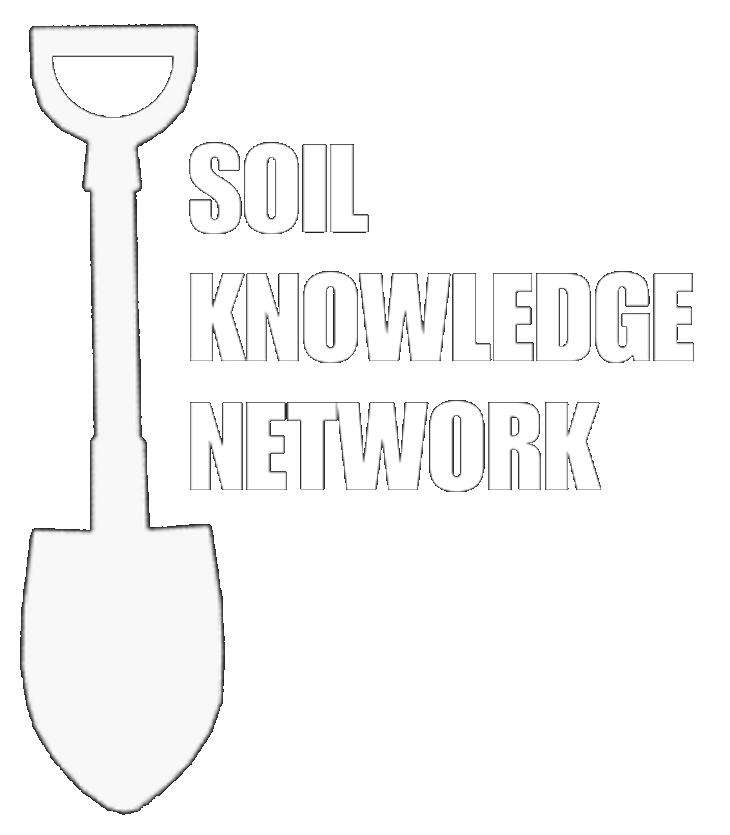Media Release 7 Feb 2020
Soil Knowledge Network members are dismayed by the devastation caused by the NSW bushfires.
The NSW Soil Knowledge Network is a voluntary group of retired and semi-retired soil scientists and advisory officers with a broad base of experience who promote understanding and management of land and soils. Members all agree that action is needed to stabilise vulnerable soils in burnt areas.
After the destruction of buildings and fences, vegetation and animal habitat and with the rain comes the loss of valuable soil and the pollution and sedimentation of dams and waterways.
Soils in burned areas have been roasted by the high temperatures, in the process incinerating roots, soil organic matter, seeds, eggs and spores. Protective ground cover and leaf litter is lost. Fire also stimulates other seeds to germinate. Some soils form surface crusts, which reduce or prevent infiltration of water. These factors combine to greatly increase the vulnerability of soil to erosion.
“It is well documented that storms occurring after intense bushfires can wash large volumes of ash, charcoal, soil and other debris into creeks, rivers and dams. Right now, we should all be hoping for gentle rain” said Adrian Harte, NSW Soil Knowledge Network President.
Mr Harte suggested several actions that landowners could take to reduce the impacts:
Rebuild erosion control structures disturbed by heavy machinery whilst fire fighting
Respread and mulch or re-seed temporary tracks and firebreaks and any topsoil disturbed by heavy machinery during fire fighting
Leave debris in timbered areas undisturbed or, if feasible, arrange it into windrows, or lines along contours
Subject to suitable land and soil conditions, construct shallow single furrows along the contour in open country, to trap or slow runoff water and catch ash and soil. Furrow spacing will depend on land slope: from about 5 metres on steeper areas to about 20 metres apart on lower slopes. Gaps should be left about every 50 metres along furrow lines to allow for overflow.
Construct contour banks to control runoff where feasible
Construct temporary short banks to divert the first runoff and the ash from entering farm dams
Delay re-stocking until pasture regenerates or is re-sown
Sow cover crops where feasible after rain to provide ground cover and stock feed.
Mr Harte said, “The Soil knowledge Network calls on the Commonwealth Government to include funding to landholders for erosion and sediment control measures like those listed above as part of its fire assistance package”.
